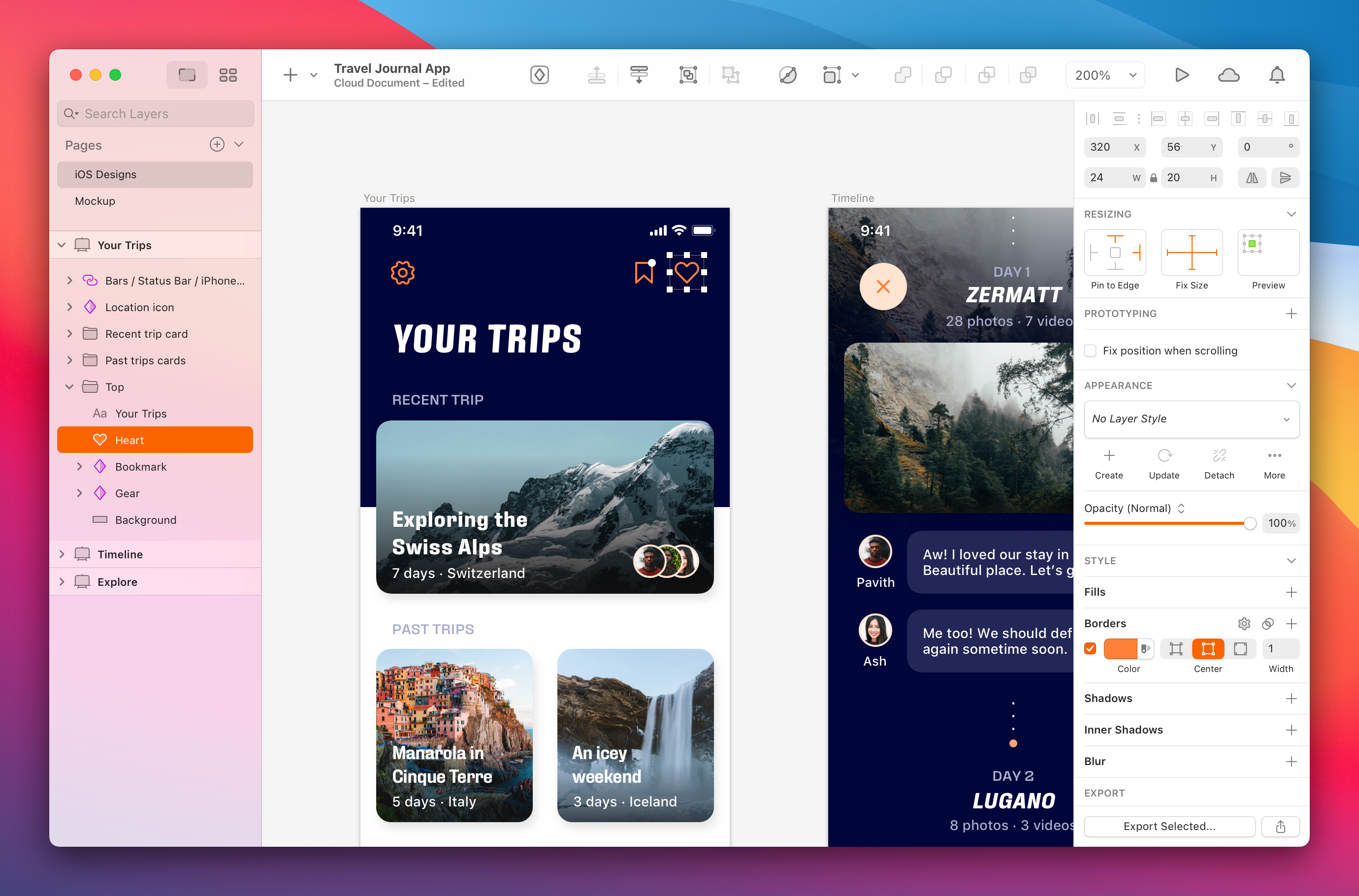A.Way Mac OS
A.Way Mac OS
On the Mac, look for and open an app called Audio MIDI Setup. This is a stock app on macOS and you should be able to open it from Spotlight, Launchpad, or the Applications folder. Once you have the app open, you’ll notice that all the audio devices that are connected to your Mac are listed in a column on the left. We have big news for you! A Way Out Mac OS X is now available and can be played on all the MacBooks and iMacs. This action – adventure game is developed by Hazelight Studios and published by Electronic Arts. It can be played only between two players, online or local split screen co-op. It’s a prison break game focusing on two men detained in an American prison, Vicent for murder and Leo for stealing. Yes, there are multiple ways to achieve this. Intellij Idea itself is written in Java, and she has an os theme synchronization functionality since version 2020.3. You can use a library called jSystemThemeDetector.You have the ability to detect dark mode with it on Windows 10, MacOS and even on some Linux distributions. Simple detection example. If your Mac is using an earlier version of any Mac operating system, you should install the latest Apple software updates, which can include important security updates and updates for the apps that are installed by macOS, such as Safari, Books, Messages, Mail, Music, Calendar, and Photos. Is your CAC reader Mac friendly? Visit the USB Readers page to verify the CAC reader you have is.
Today is the 20th anniversary of the launch of Mac OS X, and Macworld has an interesting piece on the history leading up to it. Jason Snell goes so far as to say that the new operating system for Macs was “an act of desperation” by Apple.
The reason, he explains, is that while Apple had set a new direction for personal computers with the launch of the Macintosh in 1984, it had lost its way by the late 1990s …
In 1984, a graphical user interface on a personal computer was revolutionary; by the late 1990s, not so much.
As revolutionary as the original Mac was, it was also an early-1980s project that didn’t offer all sorts of features that would become commonplace by the late 1990s.
That operating system had been originally designed to fit in a small memory footprint and run one app at a time. Its multitasking system was problematic; clicking on an item in the menu bar and holding down the mouse button would effectively stop the entire computer from working. Its memory management system was primitive. Apple needed to make something new, a faster and more stable system that could keep up with Microsoft, which was coming at Apple with the user-interface improvements of Windows 95 and the modern-OS underpinnings of Windows NT.

By 1996, says Snell, Apple had given up.
In a spectacularly humbling moment for Apple, the company began searching for a company from which it could buy or license an operating system or, at the least, use as the foundation of a new version of Mac OS. The company’s management, led by CEO Gil Amelio and CTO Ellen Hancock, clearly had come to the conclusion that Apple itself was incapable of building the next-generation Mac OS.
We all know what happened… next.
Dec. 20, 1996–Apple Computer, Inc. today announced its intention to purchase NeXT Software Inc., in a friendly acquisition for $400 million. Pending regulatory approvals, all NeXT products, services, and technology research will become part of Apple Computer, Inc. As part of the agreement, Steve Jobs, Chairman and CEO of NeXT Software, will return to Apple–the company he co-founded in 1976–reporting to Dr. Gilbert F. Amelio, Apple’s Chairman and CEO.
The acquisition will bring together Apple’s and NeXT’s innovative and complementary technology portfolios and significantly strengthens Apple’s position as a company advancing industry standards. Apple’s leadership in ease-of-use and multimedia solutions will be married to NeXT’s strengths in development software and operating environments for both the enterprise and Internet markets. NeXT’s object oriented software development products will contribute to Apple’s goal of creating a differentiated and profitable software business, with a wide range of products for enterprise, business, education, and home markets.
Snell gives a good outline of the software challenges that followed, and says that’s what makes the anniversary such an important one.
When we celebrate the 20th anniversary of Mac OS X, it’s important to realize what we’re celebrating. We’re celebrating a software release that was the culmination of Steve Jobs’s return to Apple. We’re celebrating the operating system we still use, two decades later. But we’re also celebrating the foundation of iOS, iPadOS, tvOS, and watchOS.
In that way, this isn’t just the 20th anniversary of Mac OS X 10.0. It’s the 20th anniversary of modern Apple, and the end of the dark days when Apple couldn’t fix its own operating system.
The full piece is a good read.
A.way Mac Os Update
FTC: We use income earning auto affiliate links.More.
A.Way Mac OS
